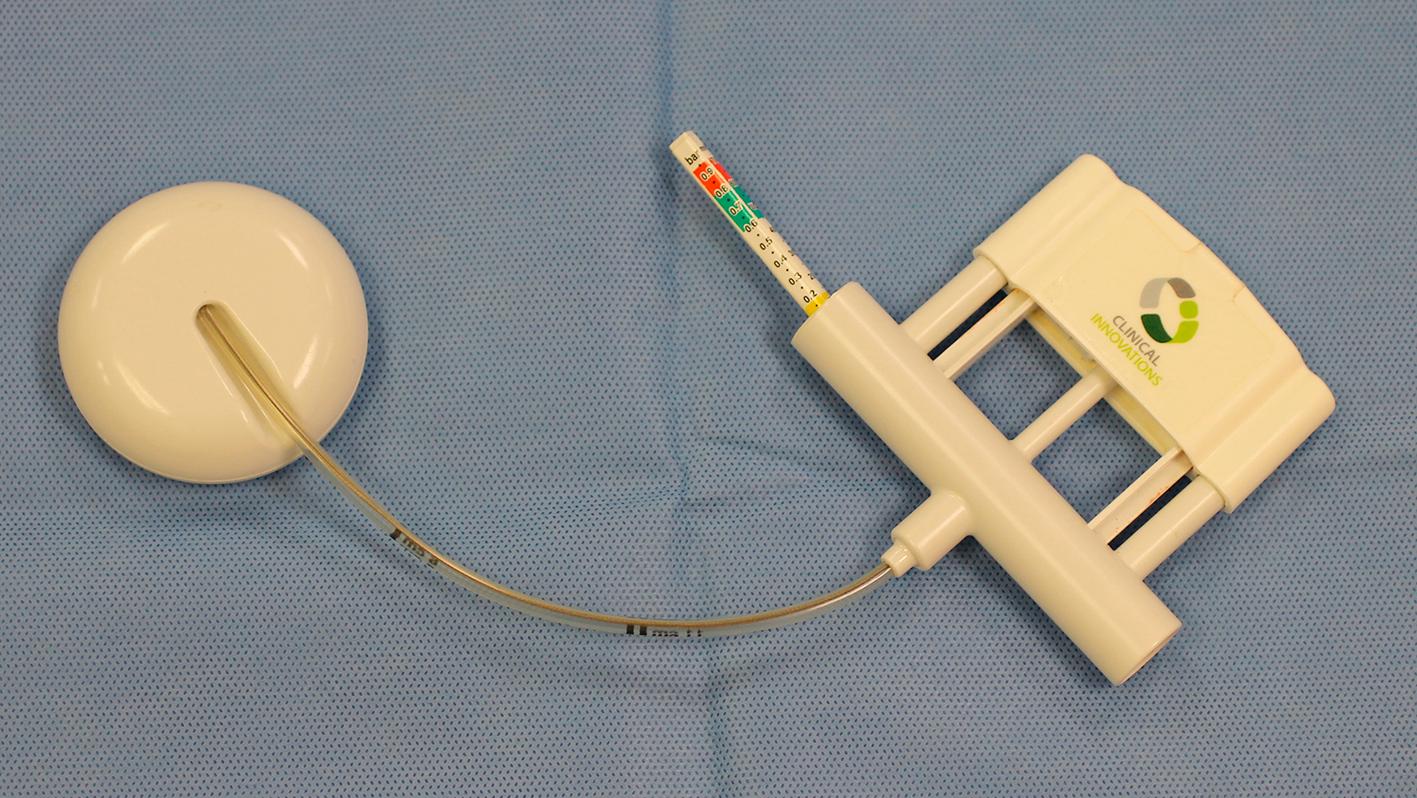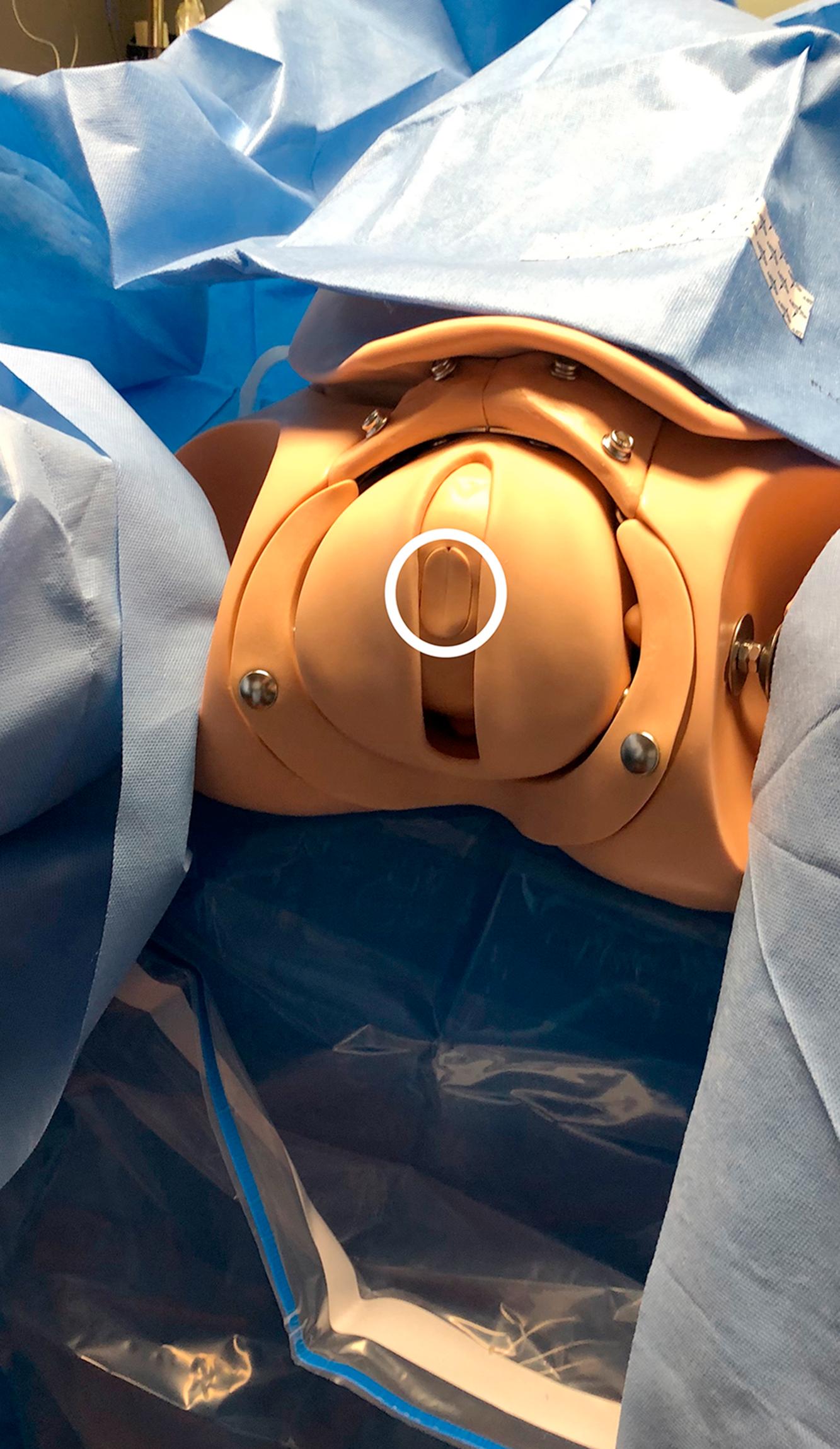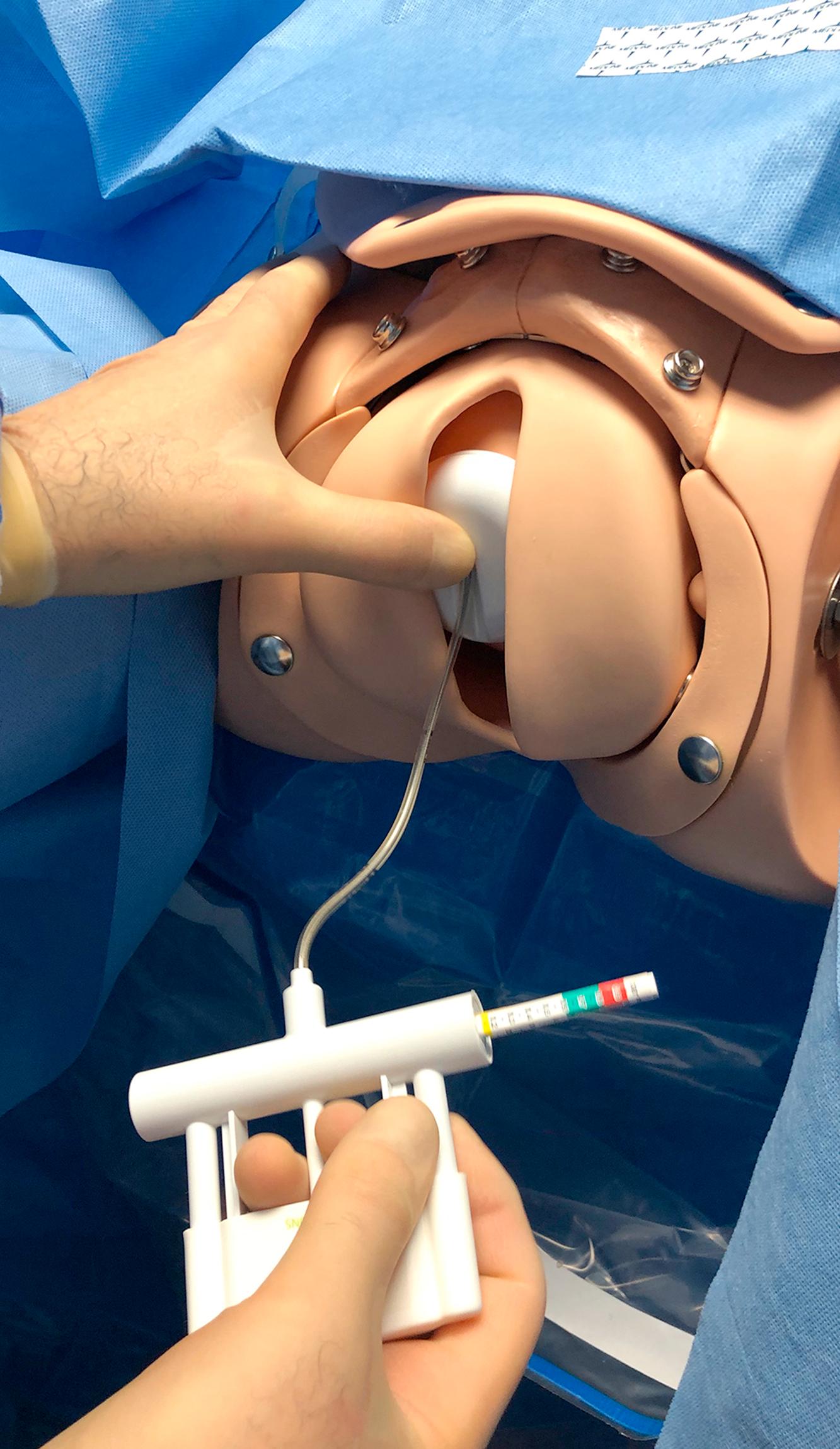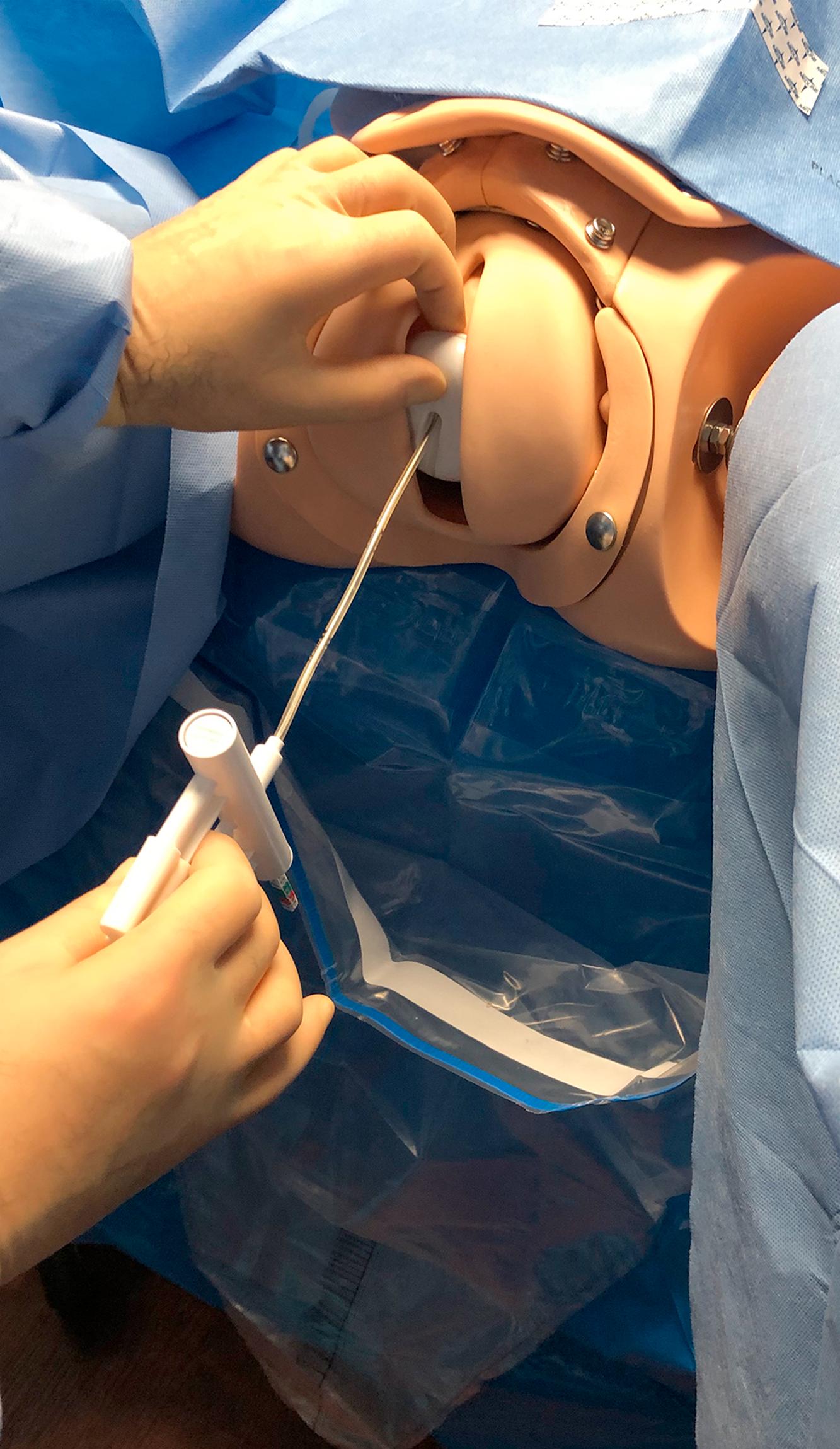Physical Address
304 North Cardinal St.
Dorchester Center, MA 02124
Identify indications and contraindications to operative vaginal delivery
Identify the flexion point and apply proper technique to vacuum-assisted vaginal delivery
Describe and apply proper technique to forceps-assisted vaginal delivery
List potential maternal and neonatal complications of operative vaginal delivery
Operative vaginal delivery is a delivery in which the operator uses forceps or a vacuum to facilitate the delivery of the fetus. When successful, operative vaginal delivery avoids cesarean delivery and all the associated morbidities and complications. It should be performed only by experienced obstetricians and care providers with privileges.
Prolonged second stage of labor
Suspicion of immediate or potential fetal compromise
Shortening of the second stage of labor for maternal benefit (e.g., cardiac, neurologic, or lung disease)
Unengaged head
Unknown position of fetal head
Live fetus with known or strongly suspected bone demineralization disorder or bleeding disorder
Brow or face presentation
Suspected fetal–pelvic disproportion
Vacuum-assisted delivery (Fig. 10.1) has risen in popularity largely due to a belief that it is easier to learn. It is generally less traumatic for the mother than forceps-assisted delivery. However, it still carries a risk of neonatal complications and should only be used by skilled providers. It is more likely to fail than forceps-assisted delivery. Use of vacuum under 34 weeks of gestation or in small fetuses is discouraged .

Obtain maternal consent to proceed with operative vaginal delivery
Confirm the bladder is empty, the cervix is fully dilated, and fetal position is known
Test for proper function of the vacuum equipment
Identify the flexion point 3 cm anterior to the posterior fontanelle and centered over the sagittal suture ( Fig. 10.2 )

Place the vacuum cup over the flexion point while ensuring that there is no maternal tissue under the cup
Initiate vacuum pressure according to the manufacturer instructions (typically 450–600 mmHg) ( Fig. 10.3 )

With each contraction, apply traction in the direction of the pelvic curvature ( Fig. 10.4 ). Do NOT employ rocking motions or rotational force

Consider abandoning attempt at operative vaginal delivery if any of the following occurs :
No progress in one to two pulls
Delivery is not imminent after four contractions and/or 20 minutes
There are three pop-offs without an obvious cause
Become a Clinical Tree membership for Full access and enjoy Unlimited articles
If you are a member. Log in here